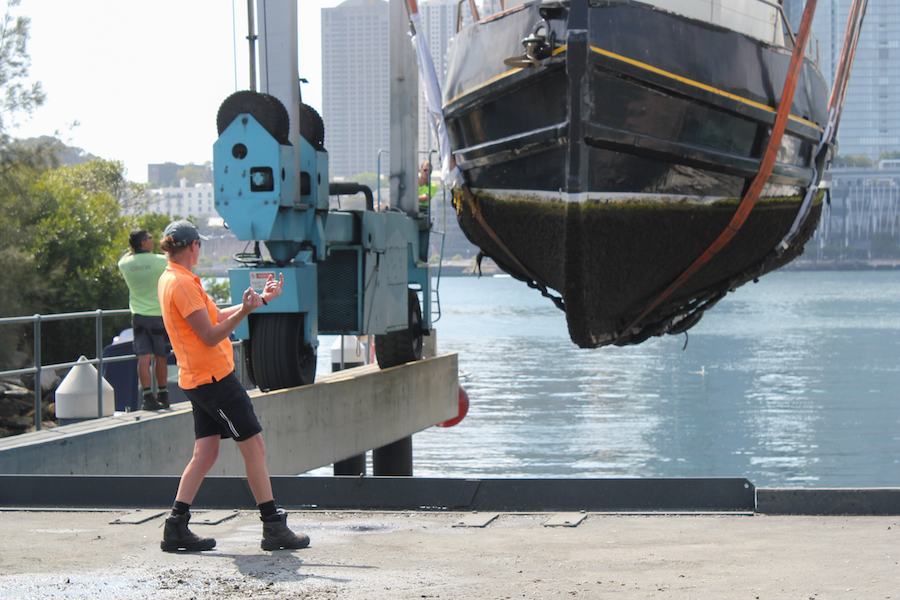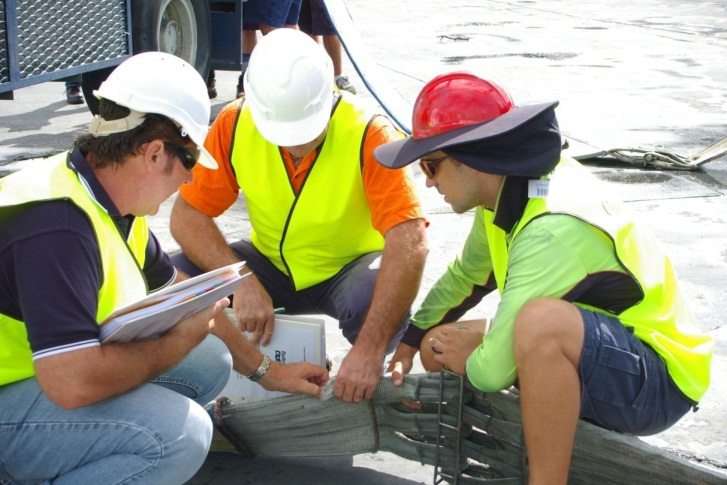A message from the Marina Industries Association (MIA)
Across Australia, marinas, boatyards and associated manufacturing businesses are grappling with persistent and significant labour shortages. Many roles in our sector are critical to day-to-day operations and long-term growth, yet they are either not recognised on Australia’s skilled visa occupation lists or do not align with the criteria of standard skilled migration programs. This leaves employers unable to access much-needed overseas workers through existing visa pathways.

Some members have already found ways to bring in overseas workers under alternative mechanisms, but these are often complex, inconsistent, and administratively burdensome.The MIA has investigated how it might be able to support our marinas and boatyards in this regard, and we have specifically examined the possibility of establishing an Industry Labour Agreement.
What is an Industry Labour Agreement (ILA)?
An Industry Labour Agreement (ILA) is a formal arrangement negotiated between the Department of Home Affairs and the Department of Employment and an industry body, such as the MIA. Once established, it provides a dedicated migration pathway for employers across the industry to employ overseas workers into occupations that are not currently available under standard skilled visa programs.
Instead of individual businesses needing to negotiate their own labour agreements, an ILA would create a templated pathway that reduces costs, streamlines processes, and allows for more consistent access to skilled labour.
It is important to note that this is not a solution to recruitment needs, it merely establishes a pathway that will facilitate easier employment and sponsorship of overseas workers. It also removes the burden for each marina to have to prove current labour shortages or how long they had been trying to recruit a position for when pursing individual labour agreements. The recruitment process itself and the costs associated with bringing a worker into the country will still be managed and incurred by the marina.
It is envisaged that an ILA may help with roles such as Straddle Carrier Operators, Marine/Boatyard Painters, Marina Managers, Club based Racing/Events Administrators, manufacturing specialists and other maintenance and operations roles. Member evidence gathered throughout the research process will also help identify the roles that may appear in the final ILA.
What’s the Benefits to Industry?
An ILA addresses labour shortages by providing a pathway to fill critical operational and technical roles not covered by existing programs.
Streamline recruitment by creating a standardised, industry-wide agreement instead of requiring businesses to negotiate separately.
Ensure integrity and compliance with a framework that includes governance, ethical employment conditions, and reporting requirements.

Costs and Resourcing
Negotiating an Industry Labour Agreement is a complex and resource-intensive process. It requires engaging a specialist consultant with expertise in migration policy and industrial relations, as well as undertaking industry workforce research and data analysis.
The cost to establish an ILA is expected to be in the range of $50,000–$60,000. This includes consultant fees, evidence gathering, workforce surveys, occupation mapping and the significant MIA staff time required to coordinate the project.
This is not an amount the MIA can underwrite from consolidated resources without impacting other member services. Given that demand for such an agreement is not yet fully clear, the Board believes it is important to explore alternative funding options. If members see value in pursuing the ILA, financial contributions will be required to support the project.
The level of contribution will depend on how many marinas and boatyards are prepared to participate. As an indicative starting point, the MIA is seeking commitments of $5,000 from at least ten businesses to establish a working budget.
It is important to note that once an ILA is finalised, it becomes a national framework available to all eligible employers – whether or not they are MIA members or contributed financially to its creation.
Next Steps & Member Engagement and Support – The MIA Board has agreed that the concept of an ILA may have merit and could deliver real benefits to industry, specifically larger service yard operations. However, before committing to the project, the MIA requires:
Broader evidence of demand: clear feedback from members on labour shortages, unfilled roles, and recruitment challenges.
A willingness to provide financial support: contributions from members who stand to benefit most, to underwrite the initial costs of negotiation and setup.
This is an opportunity for industry to take collective action on one of its most pressing challenges. If there is sufficient interest and financial support from members, the MIA is prepared to progress negotiations with government and bring an ILA into reality.
How You Can Help
MIA is now seeking feedback and expressions of interest from members who see value in an ILA. In particular, we want to hear from businesses that are struggling to recruit, or who have relied on overseas workers through alternative pathways.
We are also asking members prepared to underwrite part of the initial costs to signal their support. This will determine whether MIA can proceed with the project.
If your business would benefit from an Industry Labour Agreement, please contact Chris Stone, MIA Operations Manager, at , to register your interest and discuss potential support. Visit MIA at www.marinas.net.au.








